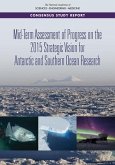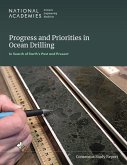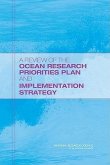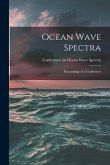Antarctica hosts some of the harshest and most remote environments on Earth - and it is a region of vital importance for scientific research. The environment and position of Antarctica on the globe mean that research conducted there can offer unique insights on important Earth processes, including rising sea level, the carbon cycle, ecosystem structure. As the climate warms, data gathered from Antarctic research will be essential to understanding how Earth processes are changing and the potential social, economic, and health impacts on both U.S. and global populations. This report identifies the highest priorities for research in the Southern Ocean and nearshore and coastal Antarctica, as well as gaps in current capabilities to support this research. Global sea level rise, heat and carbon budgets, and changing ecosystems are the three highest-priority science drivers for research in the region. To address those drivers and maintain a robust U.S. research presence in this vitally important region, investments are needed in the U.S. Antarctic program and its research platforms, including the development of new technologies and the replacement of aging icebreaking research vessels. Additionally, the U.S. should strengthen relationships with other nations' Antarctic programs that can help support these essential science drivers.
Hinweis: Dieser Artikel kann nur an eine deutsche Lieferadresse ausgeliefert werden.
Hinweis: Dieser Artikel kann nur an eine deutsche Lieferadresse ausgeliefert werden.








